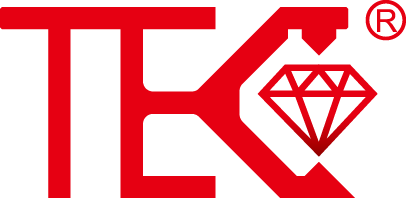MagnetostrictiveLevelGaugePriceListandCostAnalysis
Understanding Magnetostrictive Level Gauge Technology and Its Market Value
Magnetostrictive level gauges represent precision measurement technology that utilizes the magnetostrictive principle to deliver exceptional accuracy in liquid level detection. These sophisticated instruments employ a waveguide wire and magnetic float system to determine exact product levels within storage tanks and process vessels. The technology's reliability stems from its non-contact measurement method, which eliminates mechanical wear and ensures long-term stability. As industries increasingly prioritize accurate inventory management and process control, magnetostrictive gauges have become the preferred solution for applications demanding precision within ±0.05% of full scale. Their robust construction enables performance in harsh environments, including extreme temperatures and pressures, making them indispensable across chemical processing, oil and gas, and power generation sectors.
Comprehensive Magnetostrictive Level Gauge Price List Analysis
The pricing structure for magnetostrictive level gauges varies significantly based on technical specifications and configuration options. Entry-level models for standard applications typically range from $800 to $1,500, while mid-range units with enhanced features cost between $1,500 and $3,000. High-performance gauges designed for specialized industrial applications can command prices from $3,000 to $6,000 or more. Basic single-point measurement devices represent the most economical choice, whereas sophisticated multi-point systems with advanced communication protocols naturally carry premium pricing. The measurement range directly impacts cost, with longer probe lengths increasing material requirements and manufacturing complexity. Additional factors including pressure ratings, temperature tolerance, and material compatibility further influence the final price point, creating a diverse market landscape for potential buyers.
Key Factors Influencing Magnetostrictive Level Transmitter Costs
Several critical elements determine the final investment required for magnetostrictive level transmitters. Probe length stands as a primary cost driver, with prices increasing proportionally to measurement range requirements. The selection of materials significantly affects pricing, as stainless steel constructions generally cost 20-30% less than exotic alloys like Hastelloy or Titanium needed for corrosive applications. Accuracy specifications substantially impact costs, with laboratory-grade precision instruments commanding 40-60% premiums over standard industrial versions. Additional features including intrinsic safety certifications, explosion-proof housings, and digital communication protocols (HART, Profibus, Foundation Fieldbus) can increase base prices by 15-35%. Manufacturers also price units differently based on customization requirements, with engineered-to-order solutions typically costing 25-50% more than standard catalog products.
Comparative Analysis: Magnetostrictive vs. Alternative Level Measurement Technologies
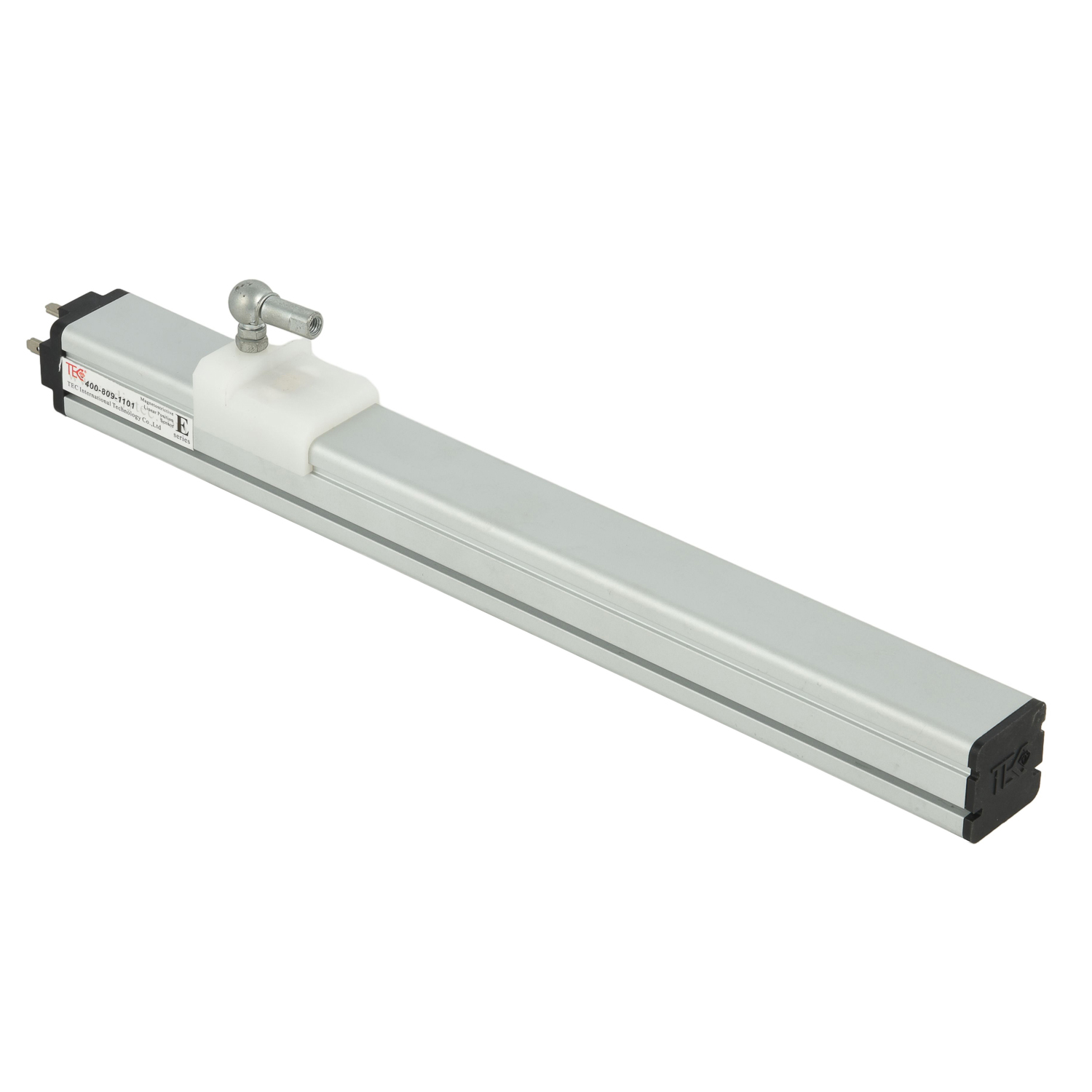
When evaluating measurement technologies, magnetostrictive level gauges occupy a unique position between traditional float devices and advanced radar systems. While initial purchase prices for magnetostrictive instruments exceed those of basic float gauges by 200-400%, they deliver substantially better accuracy and reliability. Compared to radar level transmitters, magnetostrictive technology offers cost savings of 30-50% for applications not requiring non-contact measurement. Hydrostatic level sensors may appear economically attractive initially, but their ongoing maintenance and calibration requirements often result in higher total cost of ownership. Magnetic level indicators provide visual verification at lower costs but lack the digital integration capabilities of magnetostrictive systems. The decision ultimately balances precision requirements, environmental conditions, and integration needs against available budget constraints.
Industrial Application-Based Magnetostrictive Gauge Pricing Breakdown
Different industrial applications demand specific magnetostrictive gauge configurations, directly influencing equipment costs. Chemical processing applications typically require gauges priced between $2,000 and $4,500, featuring corrosion-resistant materials and hazardous area certifications. Oil and gas industry applications necessitate robust instruments costing $2,500 to $6,000, with high-pressure capabilities and explosion-proof enclosures. Water and wastewater treatment facilities can implement standard magnetostrictive gauges ranging from $1,200 to $2,800, focusing on reliability rather than extreme specifications. Food and pharmaceutical applications demand sanitary designs with polished surfaces and specialized seals, increasing costs by 25-40% over standard industrial models. Power generation applications often require high-temperature capable gauges with redundant systems, typically priced from $3,500 to $7,000 depending on specific operational parameters.
Total Cost of Ownership Analysis for Magnetostrictive Level Measurement Systems
Beyond initial purchase prices, comprehensive cost analysis must consider the total ownership expenditure throughout the equipment lifecycle. Installation costs typically represent 15-25% of the initial equipment price, covering mounting hardware, electrical connections, and commissioning services. Calibration requirements vary by application, with annual calibration costs averaging 3-5% of the initial investment. Maintenance expenses for magnetostrictive gauges remain remarkably low, typically totaling less than 1% of purchase price annually under normal operating conditions. The operational lifespan of quality magnetostrictive instruments often exceeds 15 years, significantly outperforming alternative technologies. Energy consumption represents a minimal cost factor, with most units operating on standard 24V DC power with consumption under 5 watts. The high reliability of these systems substantially reduces downtime costs, making them economically advantageous despite higher initial investments.
Budget Planning and Procurement Strategy for Magnetostrictive Level Gauges
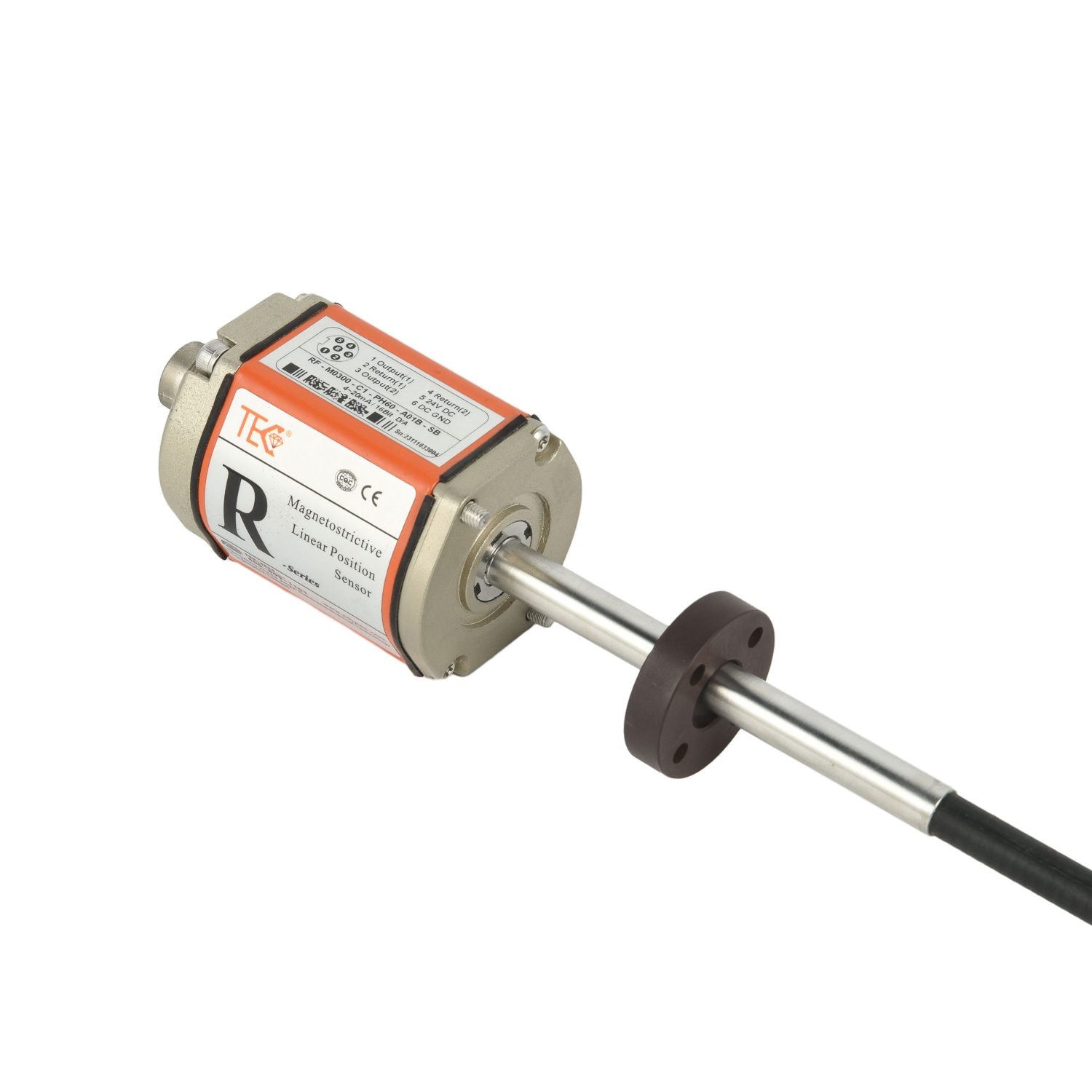
Effective budget allocation for magnetostrictive level gauges requires strategic planning and thorough requirement analysis. Organizations should allocate 10-15% of the total project budget for level measurement instrumentation, considering both hardware and integration costs. Establishing clear technical specifications before procurement prevents unnecessary expenditures on unneeded features while ensuring critical requirements get addressed. Volume purchasing typically yields 8-15% cost reductions for orders exceeding five units, with additional discounts available for enterprise-level agreements. Lead times significantly impact project schedules, with standard configurations typically available in 4-6 weeks while custom-engineered solutions may require 8-12 weeks. Developing relationships with reputable manufacturers often provides access to technical support and favorable pricing unavailable through standard distribution channels.
Future Price Trends and Market Developments in Magnetostrictive Level Measurement
The magnetostrictive level gauge market demonstrates steady technological evolution with corresponding impacts on pricing structures. Industry analysts project moderate annual price increases of 2-4% through 2025, primarily driven by material costs and manufacturing expenses. However, technological advancements are simultaneously creating new price points, with smart digital models experiencing price reductions as manufacturing volumes increase. The integration of IIoT capabilities represents the latest development, adding 10-20% to base costs while delivering substantial operational benefits. Regional manufacturing shifts may influence pricing, with increasing production in Asia potentially creating more competitive market conditions. Standardization efforts across the industry aim to reduce customization costs while maintaining performance standards, potentially making advanced features more accessible across price segments in coming years.
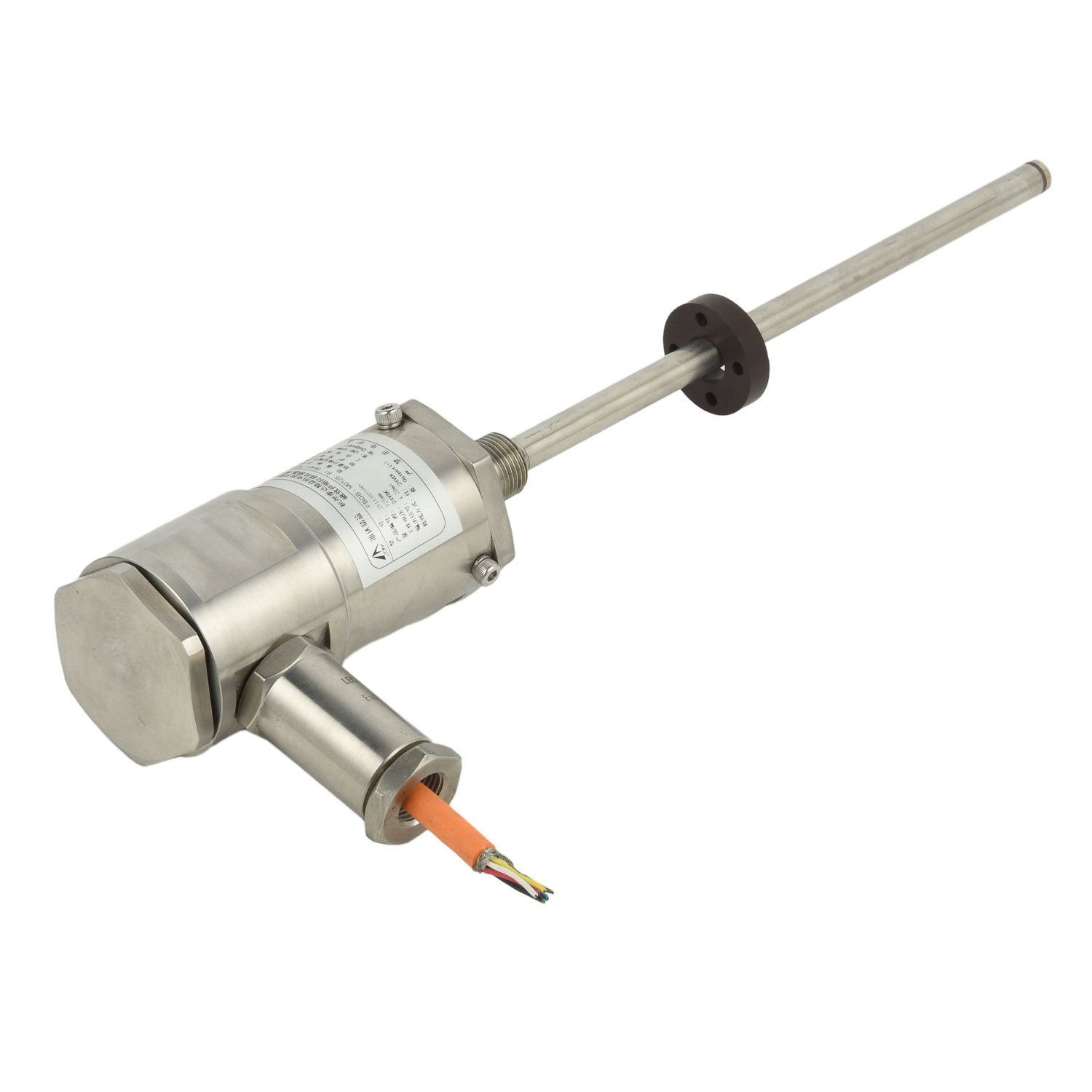 UpgradingYourLevelMeasurementS
UpgradingYourLevelMeasurementS
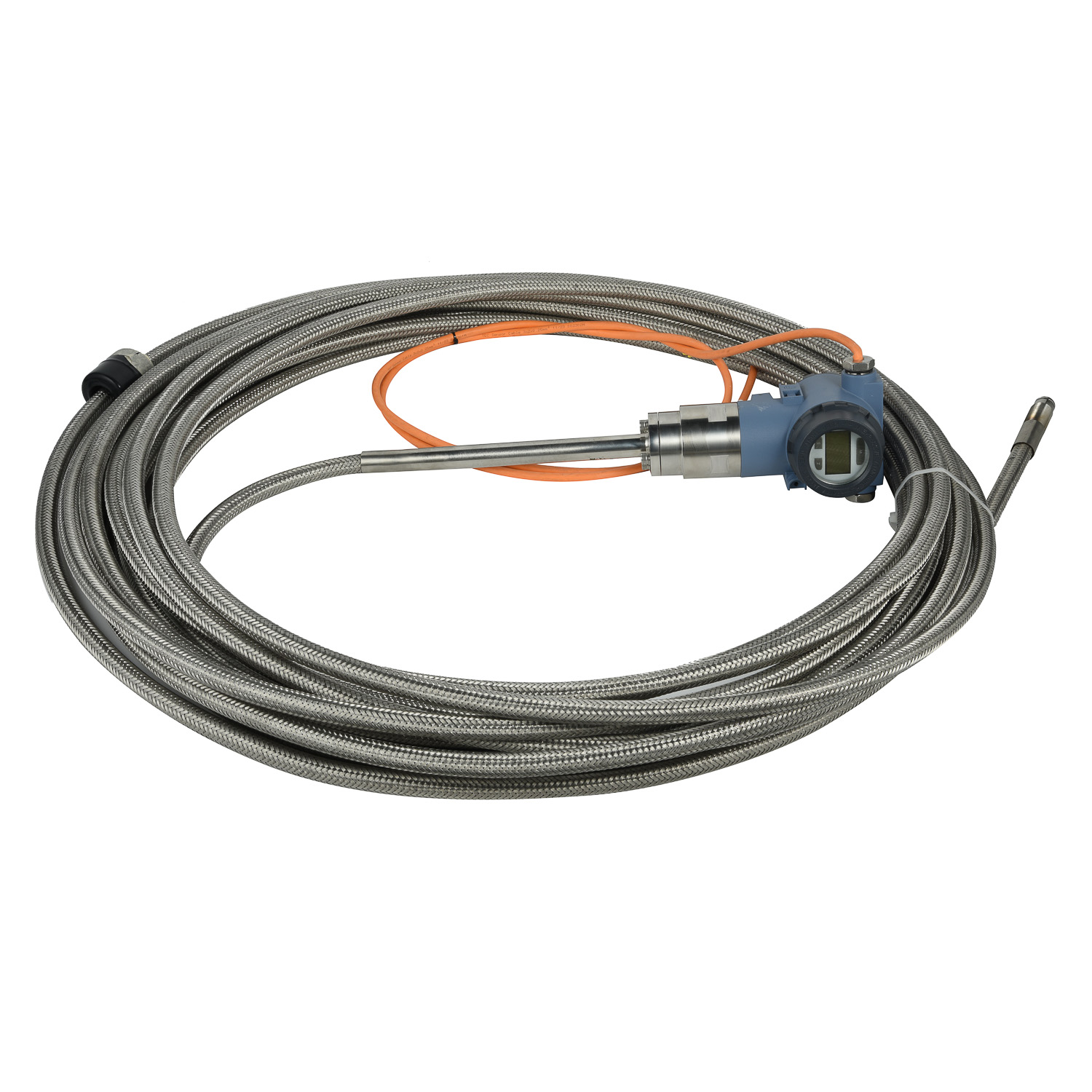 Why are magnetostrictive level
Why are magnetostrictive level
 ComparingMagnetostrictiveandRa
ComparingMagnetostrictiveandRa
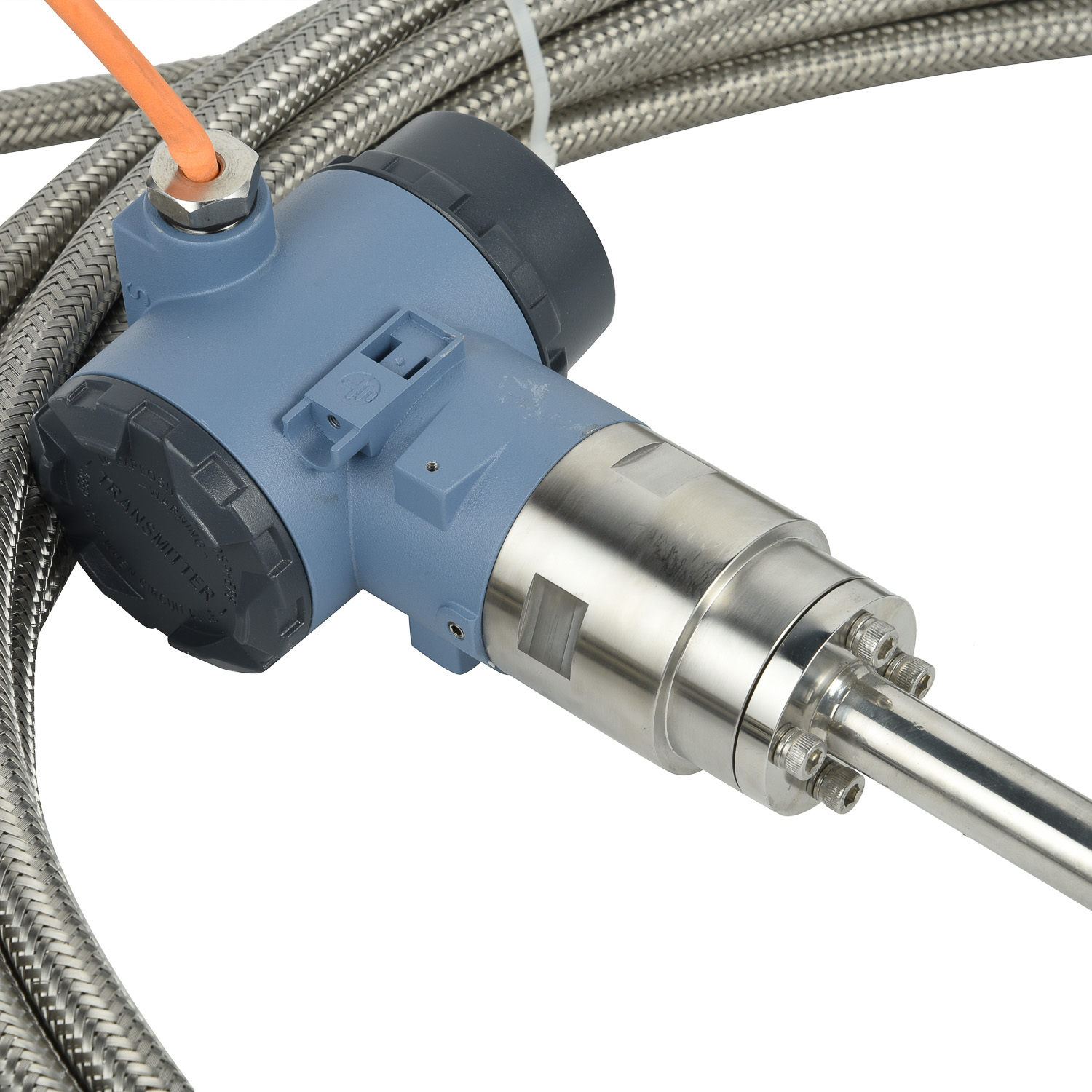 MagnetostrictiveLevelSensorfor
MagnetostrictiveLevelSensorfor
